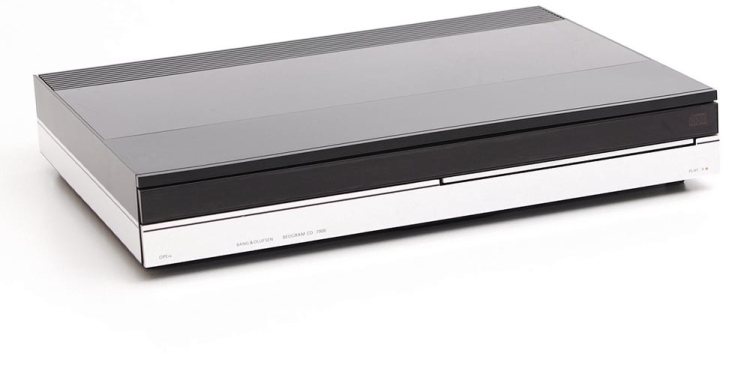
CD-7000
1992 – 1995
Retail price 1000 euro in 1992

Unlike the CD-X, the CD-7000 is a full B&O development, using only a version of the Philips CDM-4 transport and the TDA-1541A DAC. The rest is pure B&O – and importantly, this includes the loader mechanism and drawer, which has to be one of the smoothest operators I have seen. It is literally a match for the drawer in my Levinson 390S CD player: a 4mm solid piece of aluminum, swiftly and silently gliding over chrome plated brass rail tubes with high precision. The loader mechanism is a beauty in execution: so simple yet so indestructible. The CDM-4 itself is also pretty indestructible – I have yet to find one that doesn’t work. BTW this one didn’t at first though, which is why I could buy it for very little, but all that needed doing was to clean the lens to get it back up and running. The previous owner was quite a heavy smoker as it turned out.
Operation is very simple using seemingly no buttons. Instead, the front panel functions as two buttons, one at either side. Left is open/close, right is play/next/stop. And unlike the Linn CD12, this one is very intuitive to operate. When used with the Beosystem 7000 that unit’s remote doubles as a display for the CD7000, showing time, track and more.
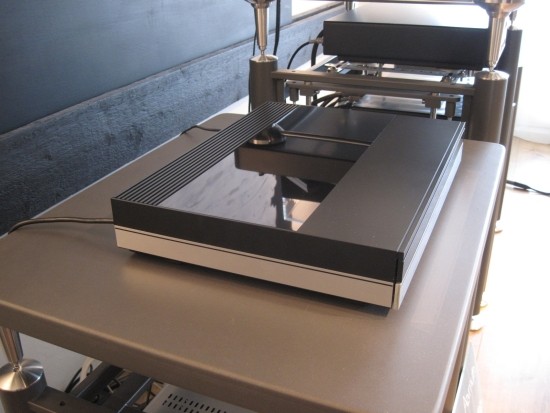
If ever there were audio components that could truly be called stylish, then Bang & Olufsen is that company. Elegant and sophisticated styling has always been a hallmark of this company started by founded by Peter Bang and Svend Olufsen all the way back in 1925 in Denmark.
B&O has always wanted to sell complete systems. Unlike other manufacturers, B&O sells integrated systems designed specifically to work together, but this is not to say that the CD7000 won’t work when used in other systems. The analog output of this CD player btw is a DIN connector – and not industry-standard RCA’s – you will need a DIN to RCA adapter if you plan on using this with a non-B&O system.
Beogram CD 7000 was distinctive because of its authentic sound reproduction as well as its large dynamic range. Supposedly this player utilizes the best TDA1541A incarnation. I have yet to listen to it using its analog output (need a DIN/cinch adapter) but I have no doubt that the CD7000 will rank among the best sounding Marantz/Philips players using this converter and transport. This CD player was the last in the B&O line as far as separates were concerned, replaced with the likes of Beocenter 2300 and Beocenter 2500.
In the construction of CD7000, the main objectives were the achievement of excellent mechanical stability, convincing sonic qualities and easy access to the CD functions. The loading mechanism, the way the clamp functions and the suspension of the CD mechanism were all points that received special attention. The high quality of the mechanical solutions was continued in the electronic circuitry and both were highly integrated and interdependent of each other.
The CD tray was very solid and elegant and the loading mechanism extremely durable. The tray was made from a 4mm thick sheet of aluminum and the conical recess for the CD was milled and diamond polished to the smallest of tolerances – to prevent dust gathering in the recess. The circular rubber profile protected the disc during loading and unloading, while the triangular cut-out facilitated unloading. To avoid static build-up the tray was connected to ground and to avoid ‘ringing’, a damping plate was placed at the innermost part of the tray, inside the cabinet.
The motorized movement of the CD tray was very fast and gentle. The movement was controlled by the microcomputer via an optocoupler and was a very stable mechanical solution with two parallel chrome-plated brass rail tubes and precision plastic roller bearings. A nylon-coated steel cord wire was applied for maximum duration and quiet transport. The electronically governed transport was very smooth, started the movement slowly, then speeded up very quickly, decelerating when the disc approached the clamp. Furthermore, it secured against possible damage occurring from obstacles either in front of the tray or in between tray and cabinet.
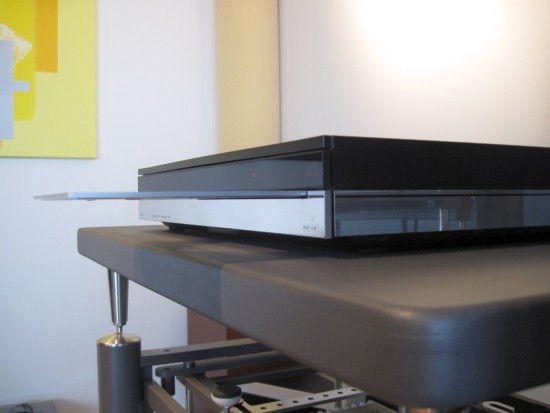
While the tray approached the clamp the disc was gently lifted off the tray and clamped between the CD mechanism and magnet. The magnet was placed on a bridge across the CD mechanism and when it engaged the disc the magnet was lifted away from the bridge. While the disc was rotating, the magnet was not in contact with the cabinet, but only the disc and CD mechanism.
This assembly was insulated very efficiently from the cabinet to prevent vibrations from the outside. A special suspension was designed, with 4 steel springs, encased in rubber. The springs ensured that the CD mechanism was fixed in the horizontal plane (i.e. across the disc), while a certain amount of movement was allowed in the vertical plane (i.e. up and down). Tests showed that the servo system counteracts movements in the vertical plane better than in the horizontal plane, and the suspension thus was a good compromise with regard to immunity from external vibrations. The inherent frequency of the suspension was placed at 25 Hz to avoid tracking and focusing errors, which were prone to emerge if the CD mechanism was subjected to vibrations around 100 Hz and upward. Furthermore, at this frequency interference with the inherent frequency of the CD cabinet was also avoided.
Separate power supplies were available for the digital and analog parts, and in connection with a careful print layout, Bang & Olufsen achieved the most respectable electronic specifications. The digital-to-analog filtering was special as well. First, a standard digital filtering (4 x oversampling) was applied to filter away the sidebands below 176,4 kHz. The analog filtering at 176,4 kHz was carried out by a modified order filter. To avoid remnants of the 176,4kHz sideband having an effect on the filtering, a special suction circuit cut off the frequencies above 156,4 kHz. The modified filter was known as a ‘Bessel elliptical filter’. It had a very gentle filter characteristic and was not susceptible to ripple phenomena, phase distortion or aging.
Sound
It’s scandalous but I still have not listened to this player. This is because it has a captive lead with DIN connector and so far I have been too lazy to make this compatible with my system. I did use it as a transport and as such it sounds very recognizably Philips and much like any other CDM-4 based transport.
Inside Pics
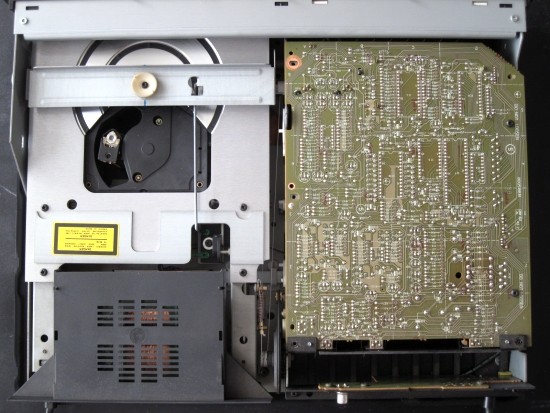
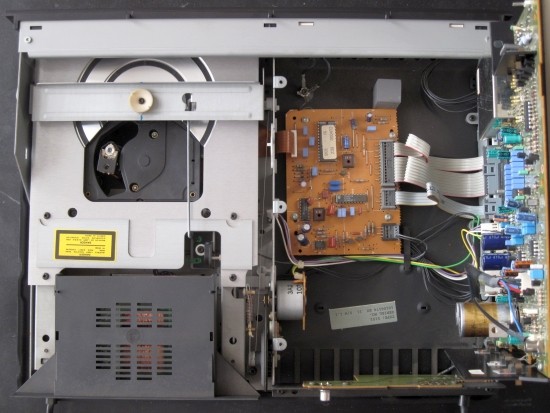
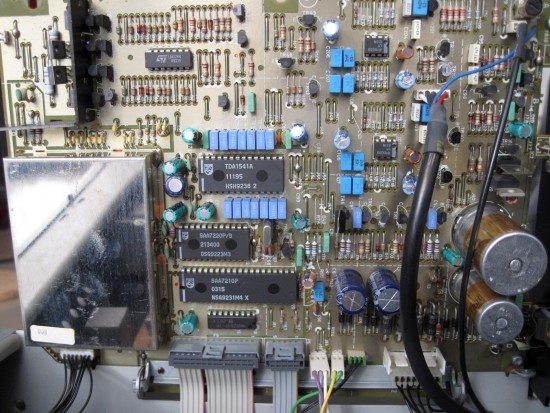
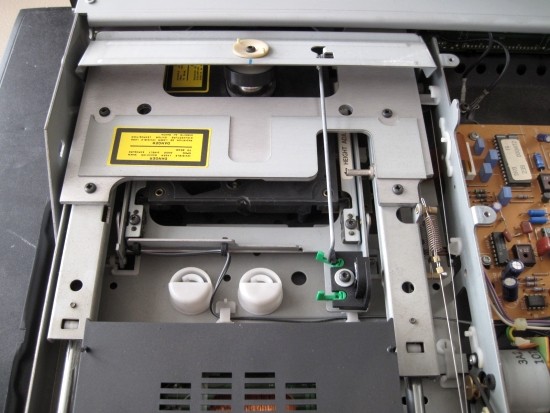
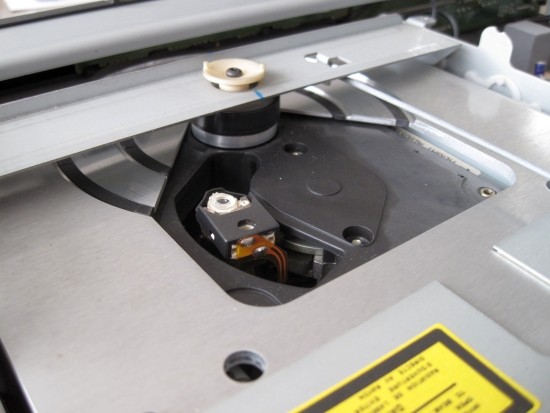
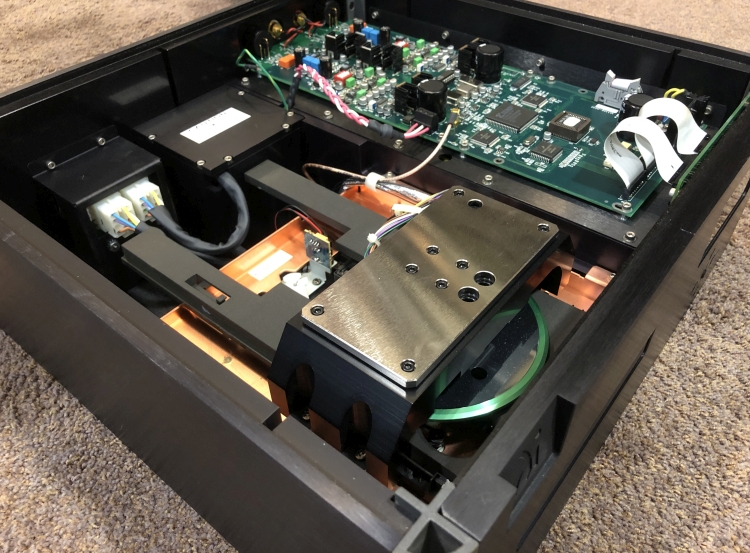
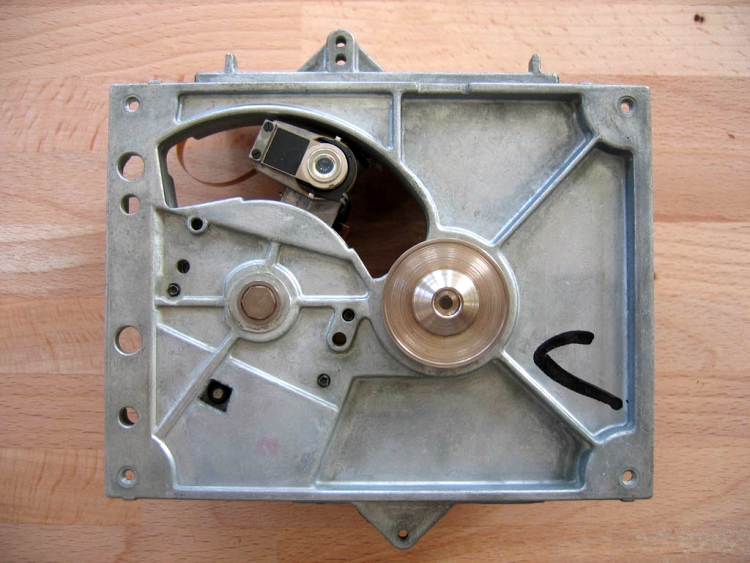
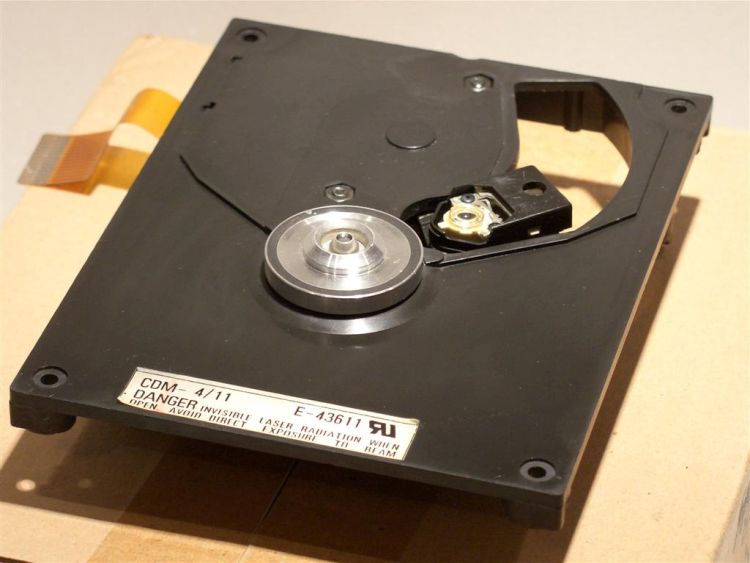
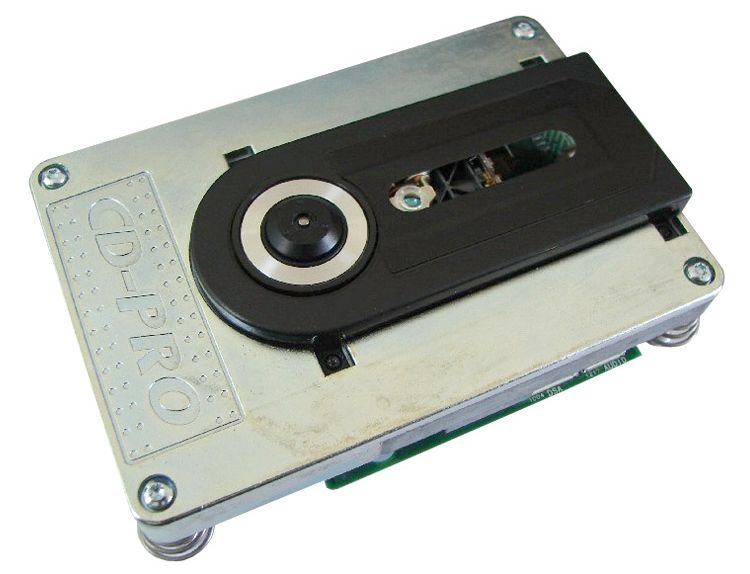
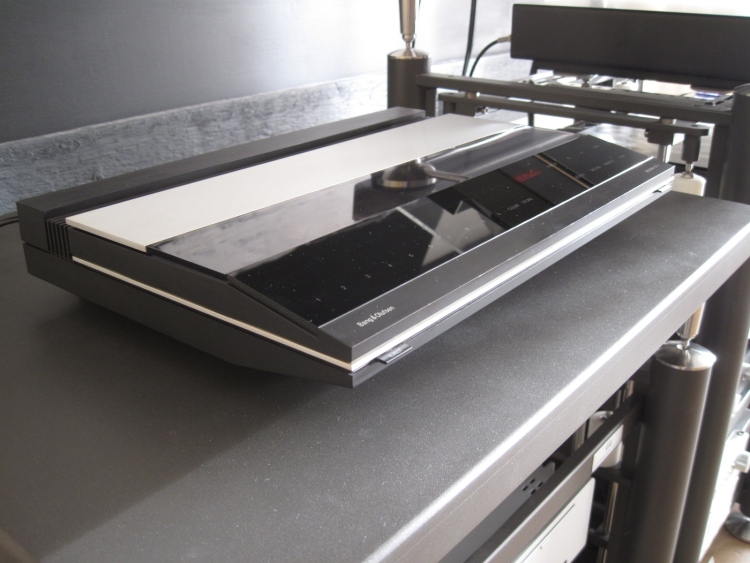
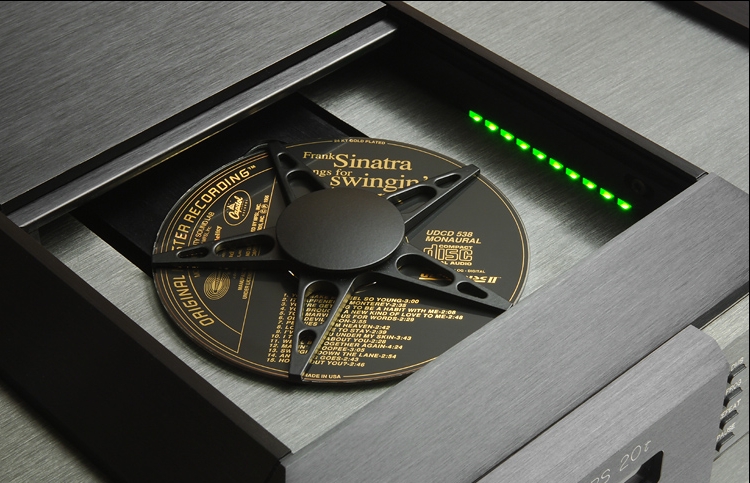
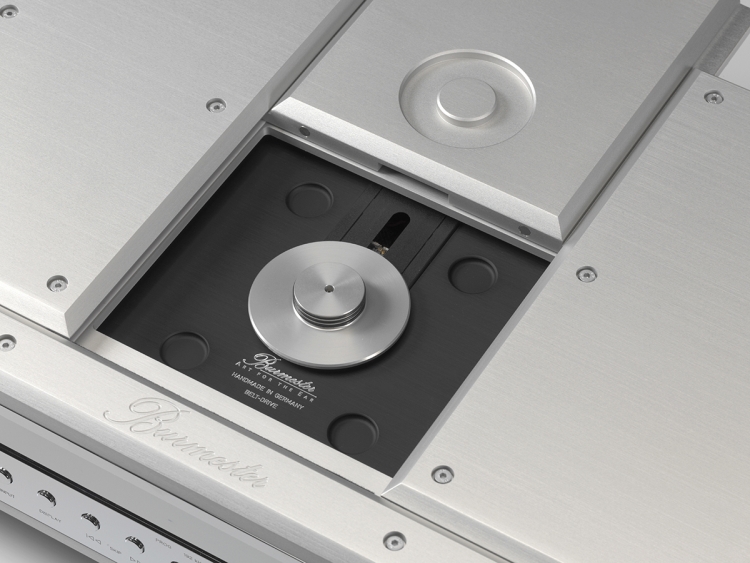
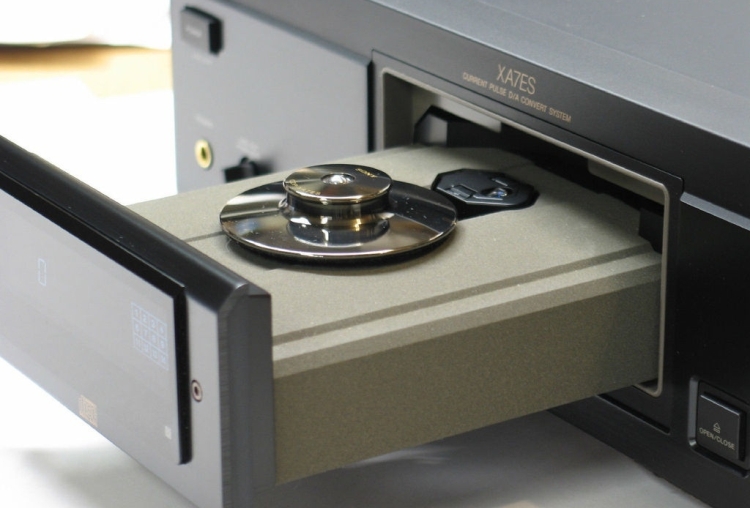
Hi!
Did you ever buy the adaptor and try it out ?
Alas, I was informed that it could not work as intended.
Strange – should do . I have used those adaptors before 🙂 c’est La vie .
I am listening to it now through the Beomaster 7000. What I can’t find anywhere online are genuine reviews of the Beomaster 7000. I’d love to know how it stacks up against more modern amps and its contemporaries . Guess I’ll just have to buy some thing and compare it myself 🙂
Oh, hang on, you are referring to the DIN-cinch adapter. I thought you were referring to the IR adapter. I wanted remote control and could not get that to work which prompted me to sell it. Alas, I never listened to it using its analog outputs. It’s supposed to be very good though.
Ahhh lol I missed the bit about IR.
I was thinking of joking the streaming generation. Might try Naim uniti Atom
I now realize that I haven’t even mentioned my experiments with the remote control in the review…